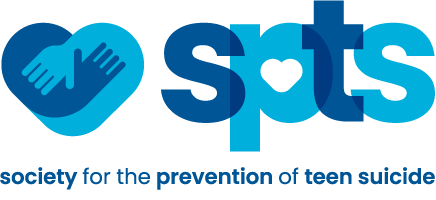Having a child released from the hospital after a suicide attempt can be an unsettling experience for parents and guardians. Although many parents report being shocked that their child needed to be hospitalized at all, there is often a momentary sense of relief during the hospital stay that at least their child is safe and in good hands. As planning for discharge from the hospital begins, parents may be unprepared for their mounting anxiety about how to maintain a safe environment for their child once he or she returns home.
Treatment options after hospital discharge often include something called “Intensive Outpatient Treatment” or IOP. This usually includes a prescribed number of hours in an outpatient treatment facility like a mental health clinic where individual and group counseling focuses on helping the child develop healthier coping strategies. If the child was prescribed medication during his or her hospital stay, the IOP staff also monitors the drugs for evidence of effectiveness, side effects, etc. At the conclusion of the IOP treatment, the child is usually referred to a mental health provider in the community. This person continues to work with your child to address the issues that led to his or h er suicidality.
er suicidality.
In other instances, the hospital may decide to skip the IOP and directly refer your child to an outpatient therapist. Sometimes this happens when a child was in treatment with a mental health professional prior to his or her attempt, and then he or she is simply referred back to that original person to continue counseling after hospital discharge. In some parts of the country, an appropriate IOP may not be accessible so intensive outpatient treatment with a private practitioner may be suggested as a substitute.
It is really important for you to be involved in your child’s treatment after hospital discharge. What is essential is a conversation with the counselor about what is called a safety plan for your child. Since your child is designated by insurance as the “identified patient” there may be confidentiality issues. The therapist may be reluctant to share details of the treatment but should be able to talk with you, as a key member of your child’s support system, about specific ways you can help maintain his or her safety. Unfortunately, because the clinical picture for each child is unique, there is really no one set of prescribed guidelines to help you in this process. The safety plan would include helping him or her identify situations that may trigger thoughts of suicide and coming up with alternative responses. You should also get clear instructions about what to do and whom to call in a mental health emergency.
Remember, you are a critical member of your child’s support system and need to understand the goals of counseling, what measures the counselor will use to assess progress and the specific ways in which you can work with your child to increase his or her feelings of safety. SPTS has produced a resource which models how to address questions to mental health providers and how to keep asking questions until you understand and are comfortable with the answers. Not My Kid: What Every Parent Should Know About Teen Suicide can be accessed for free.

